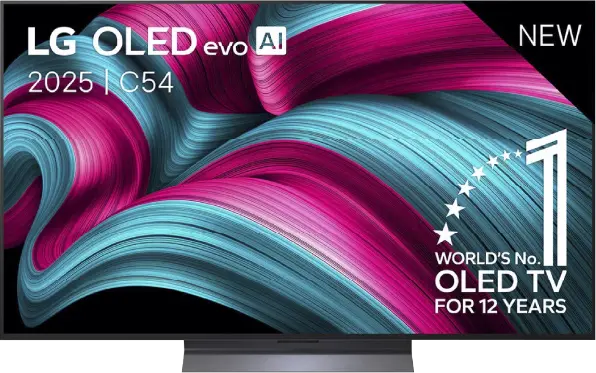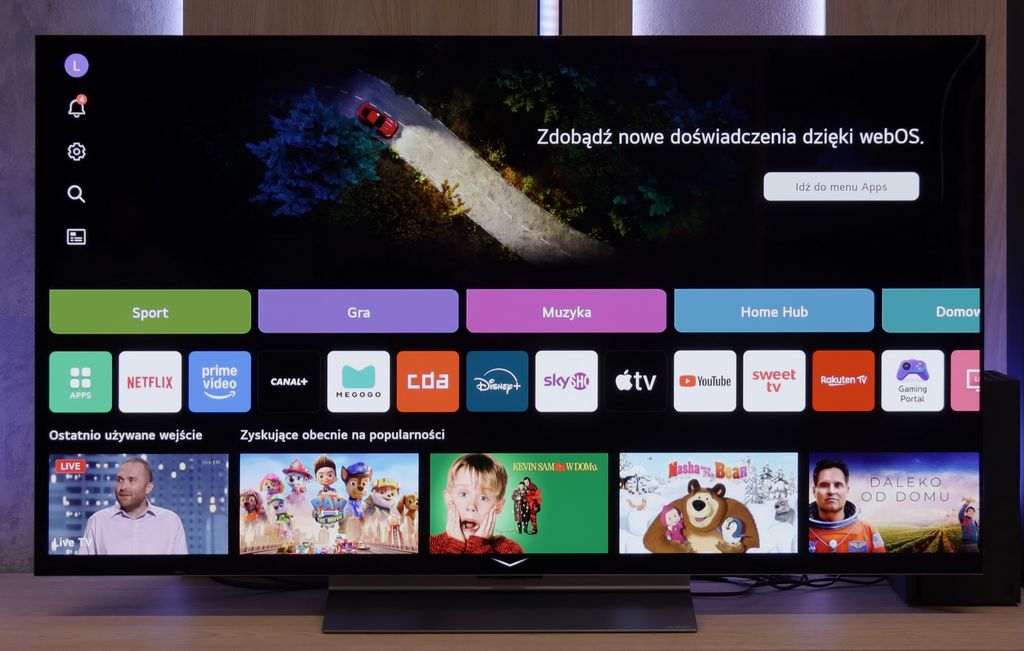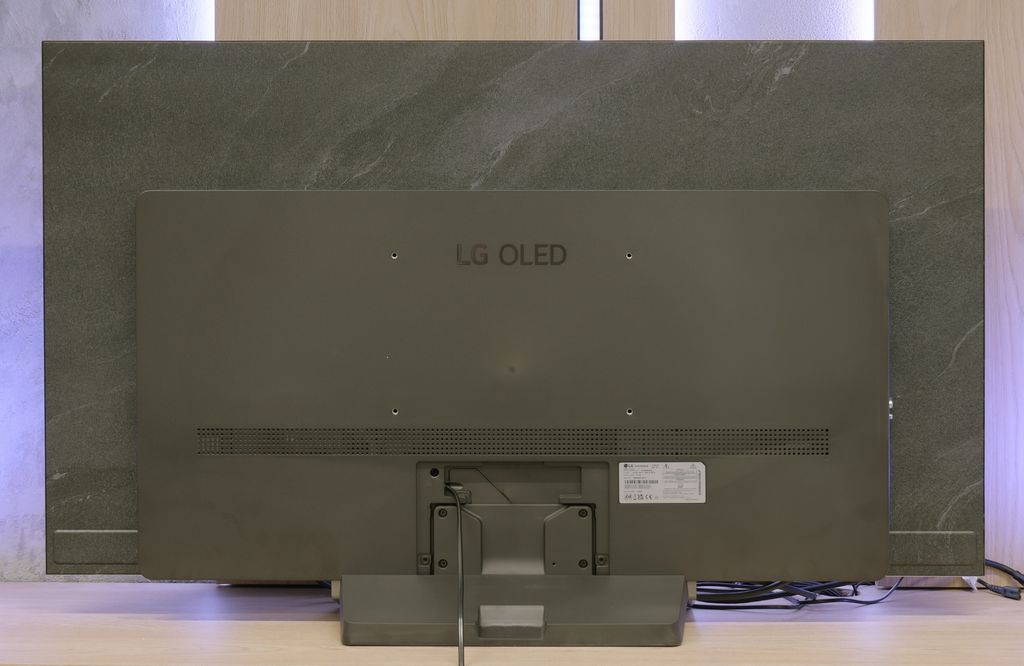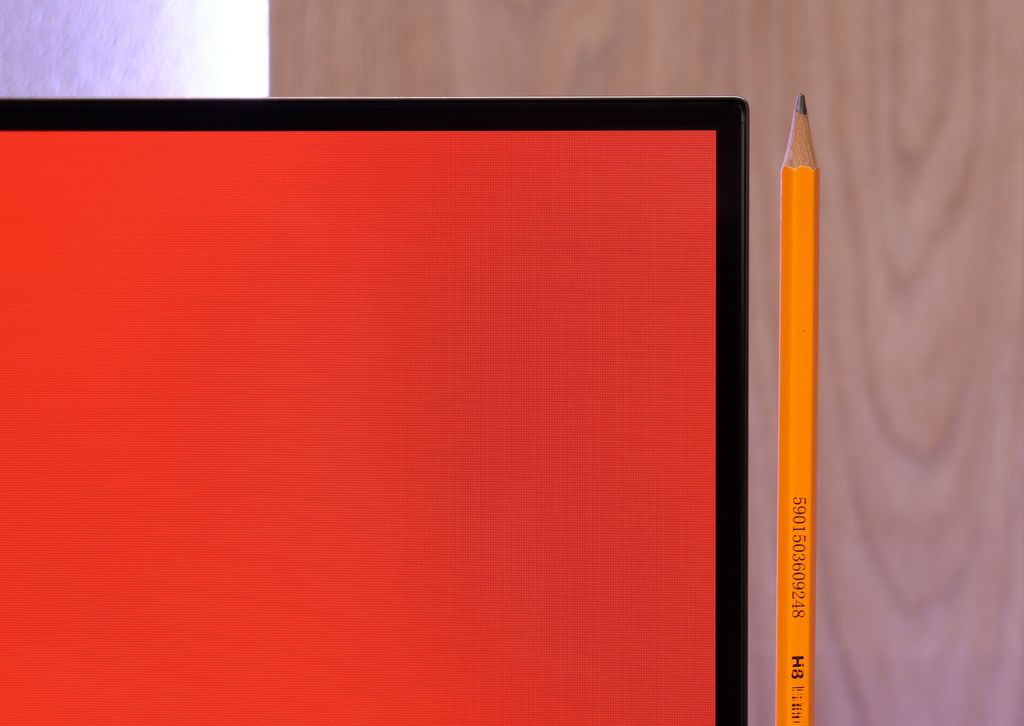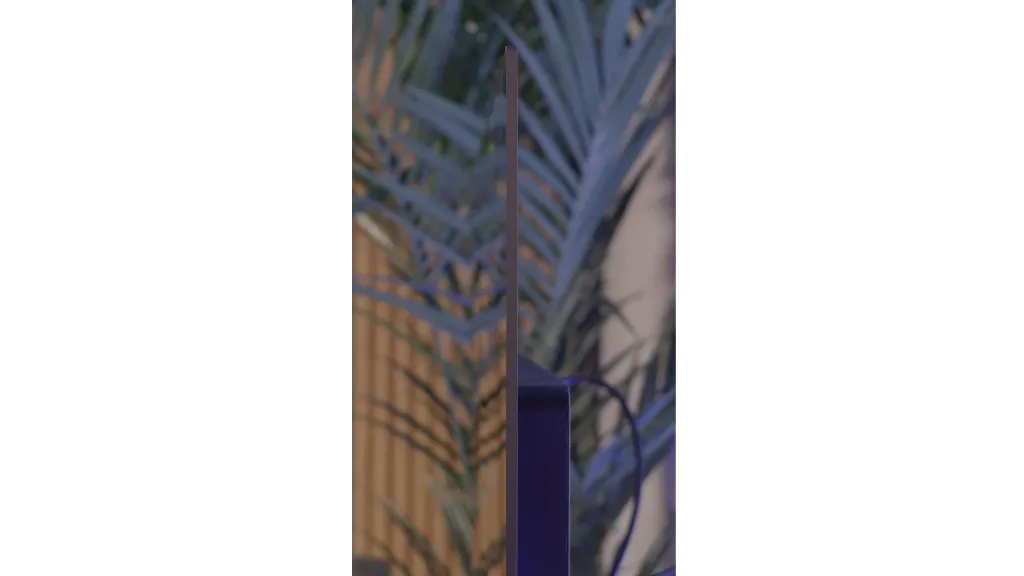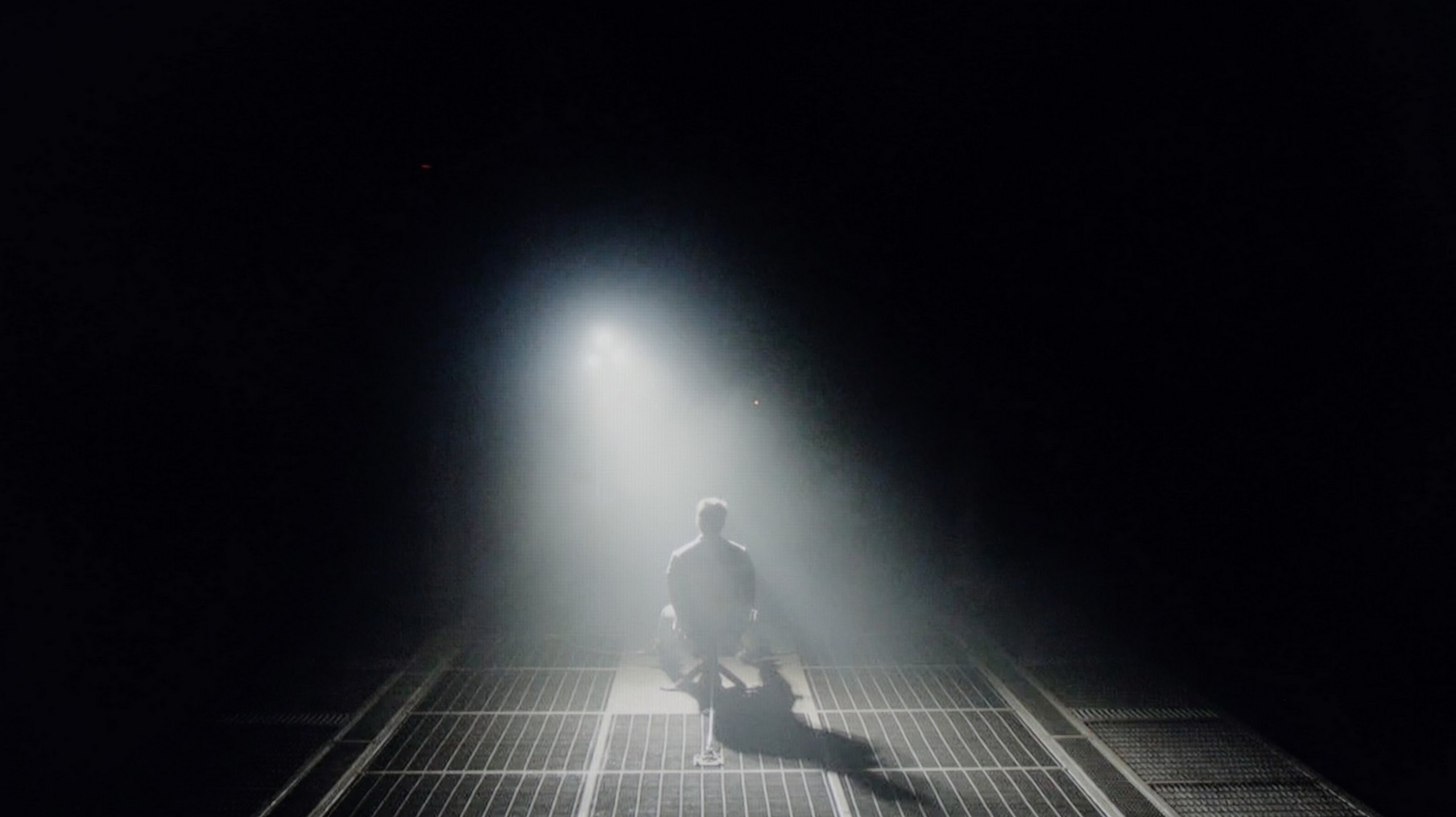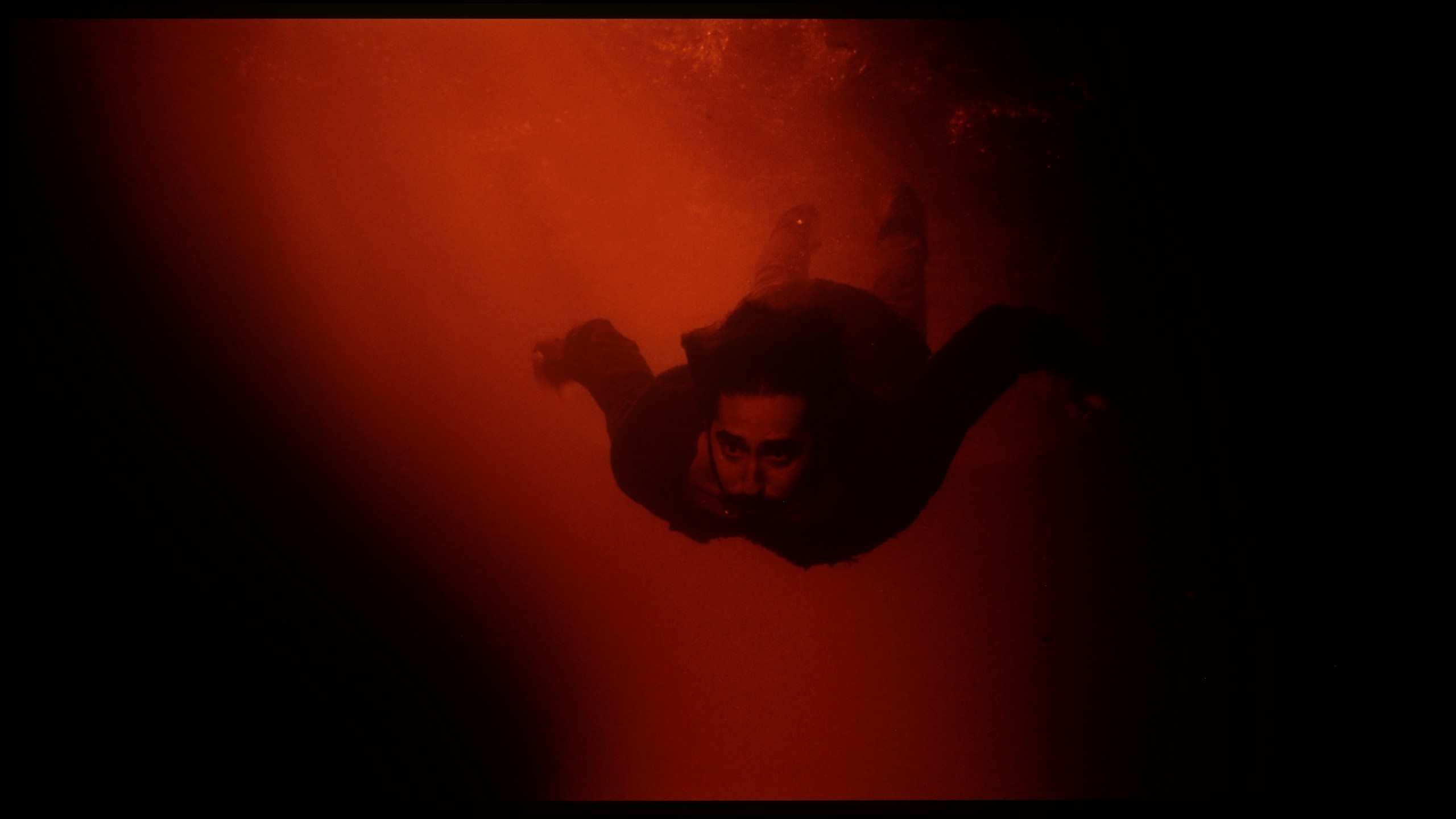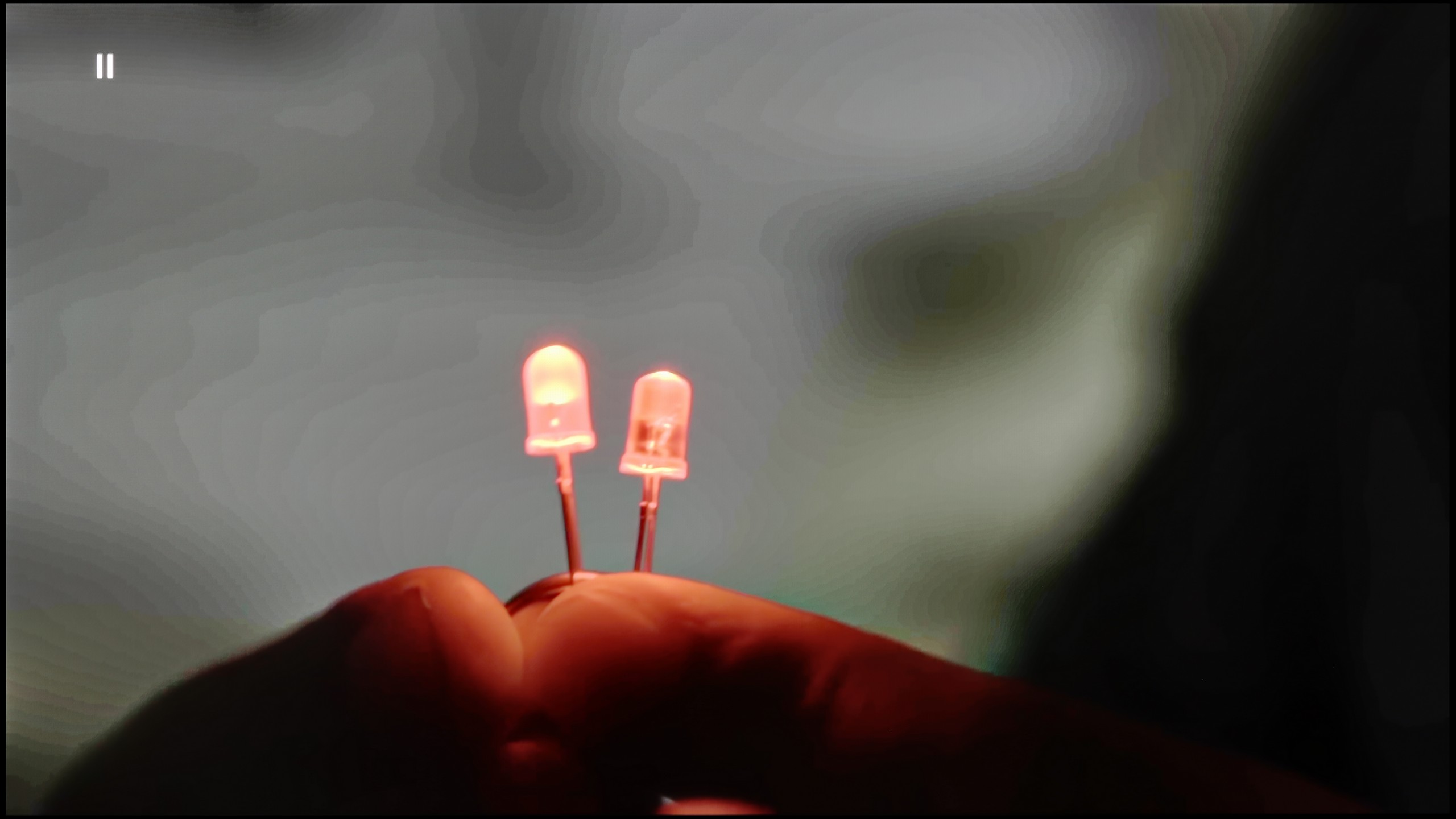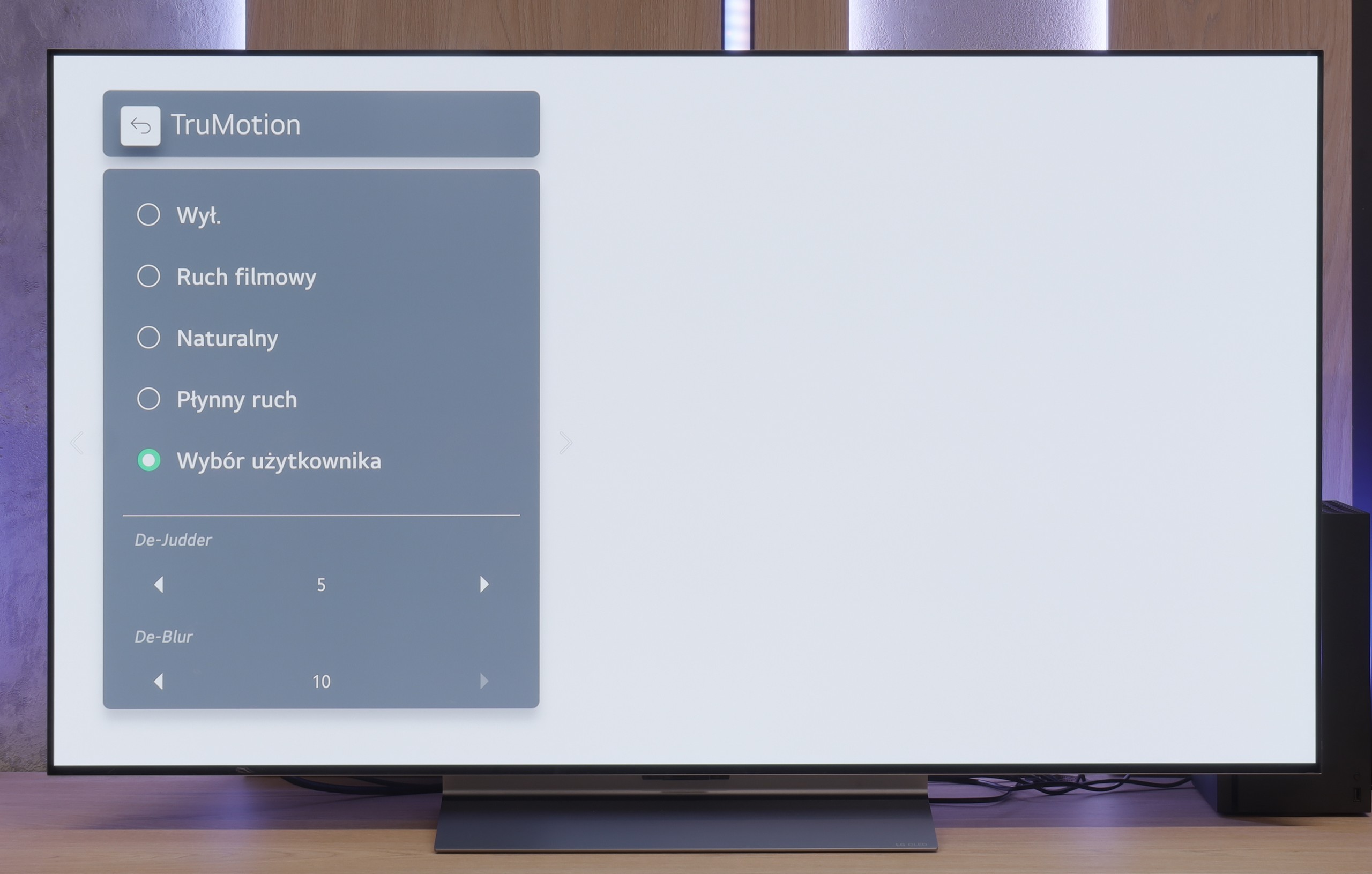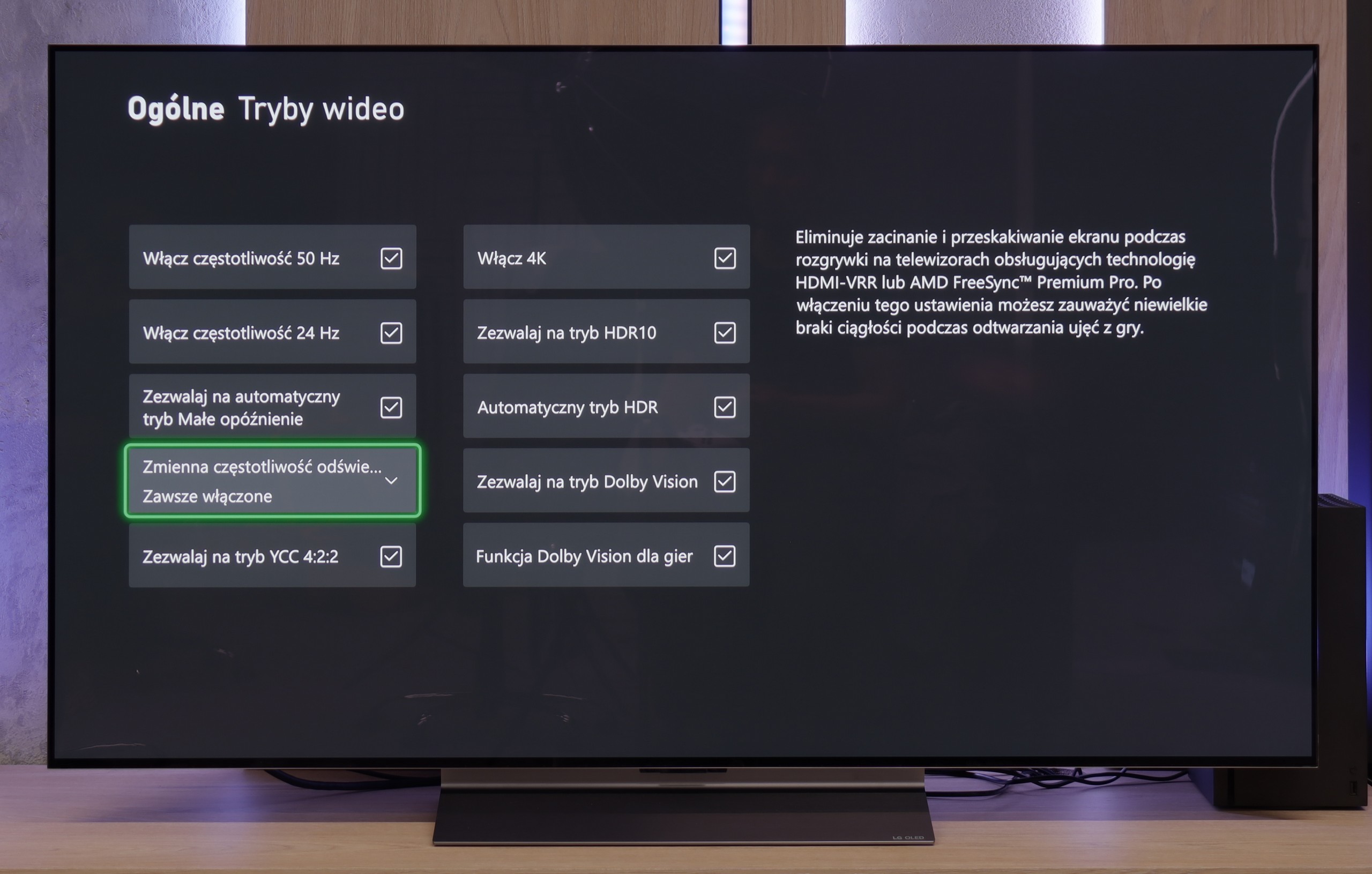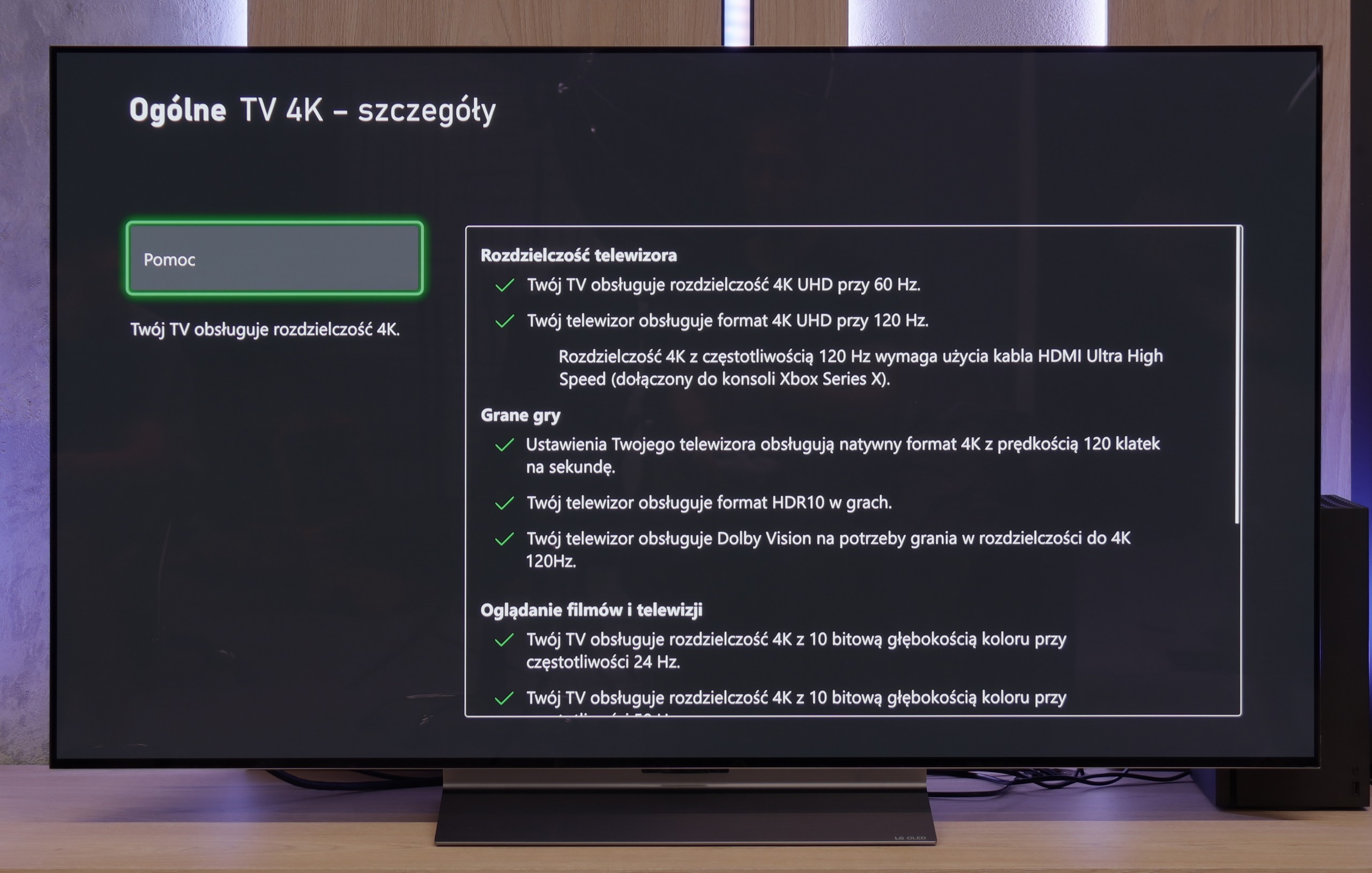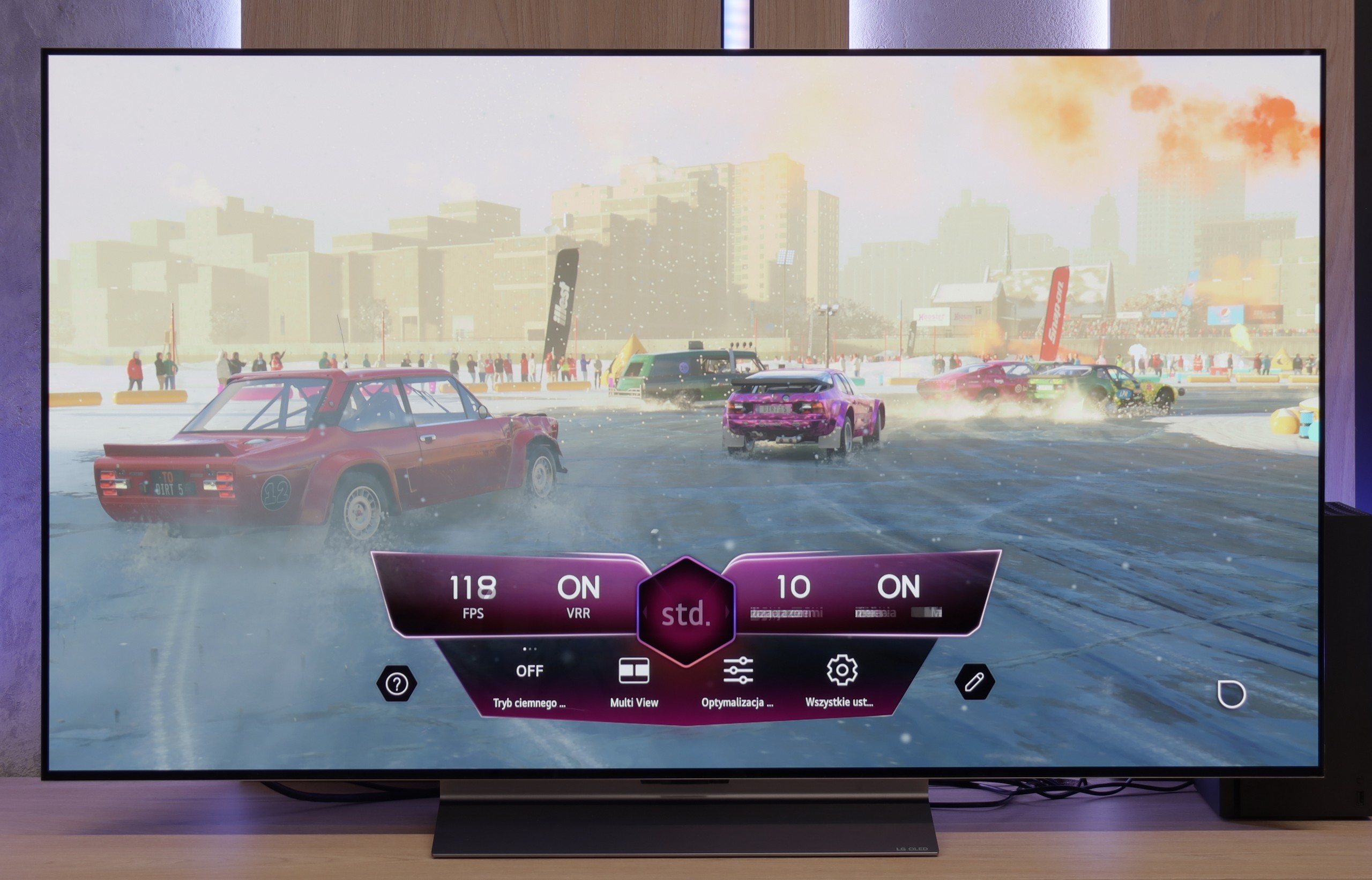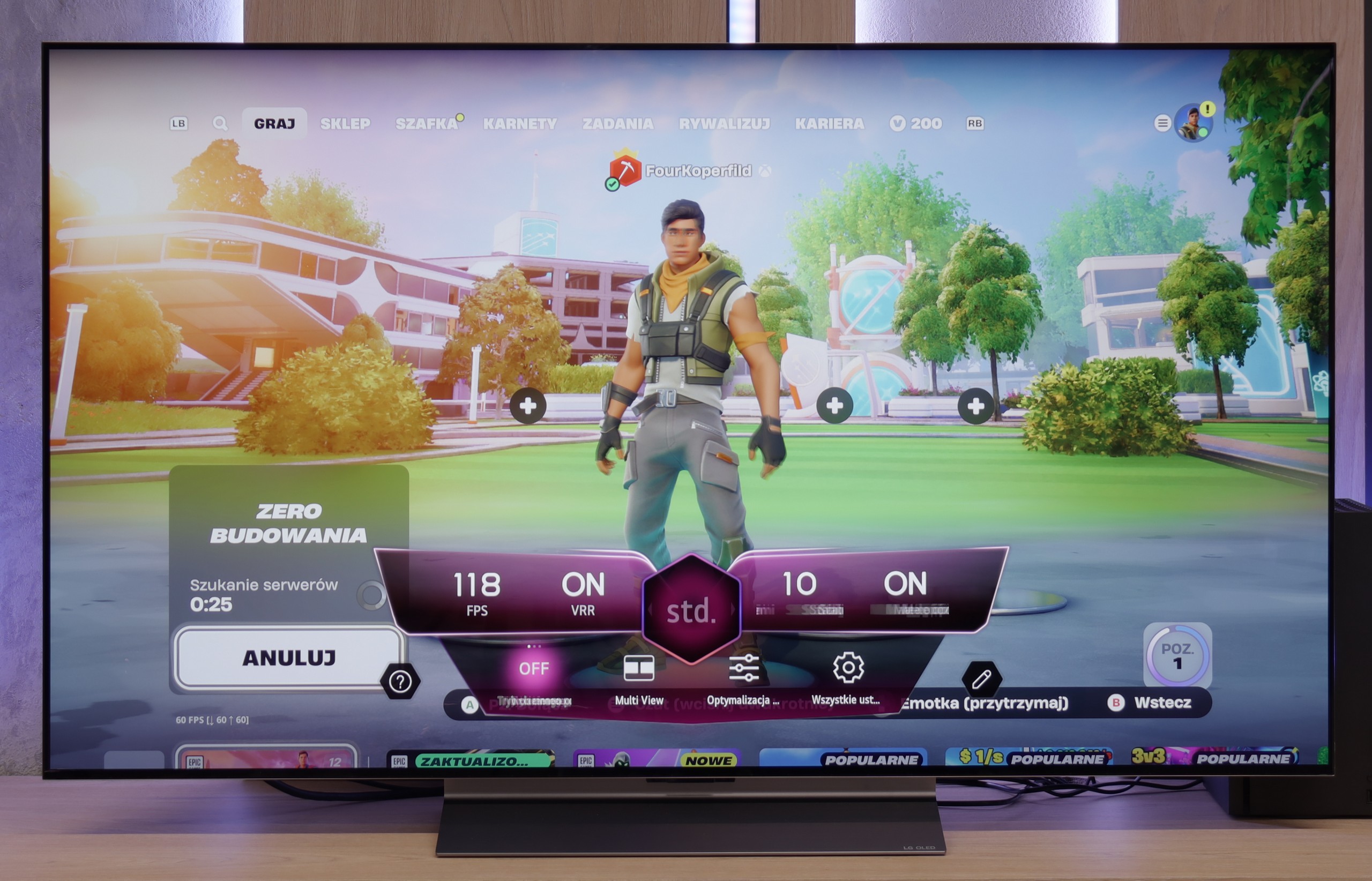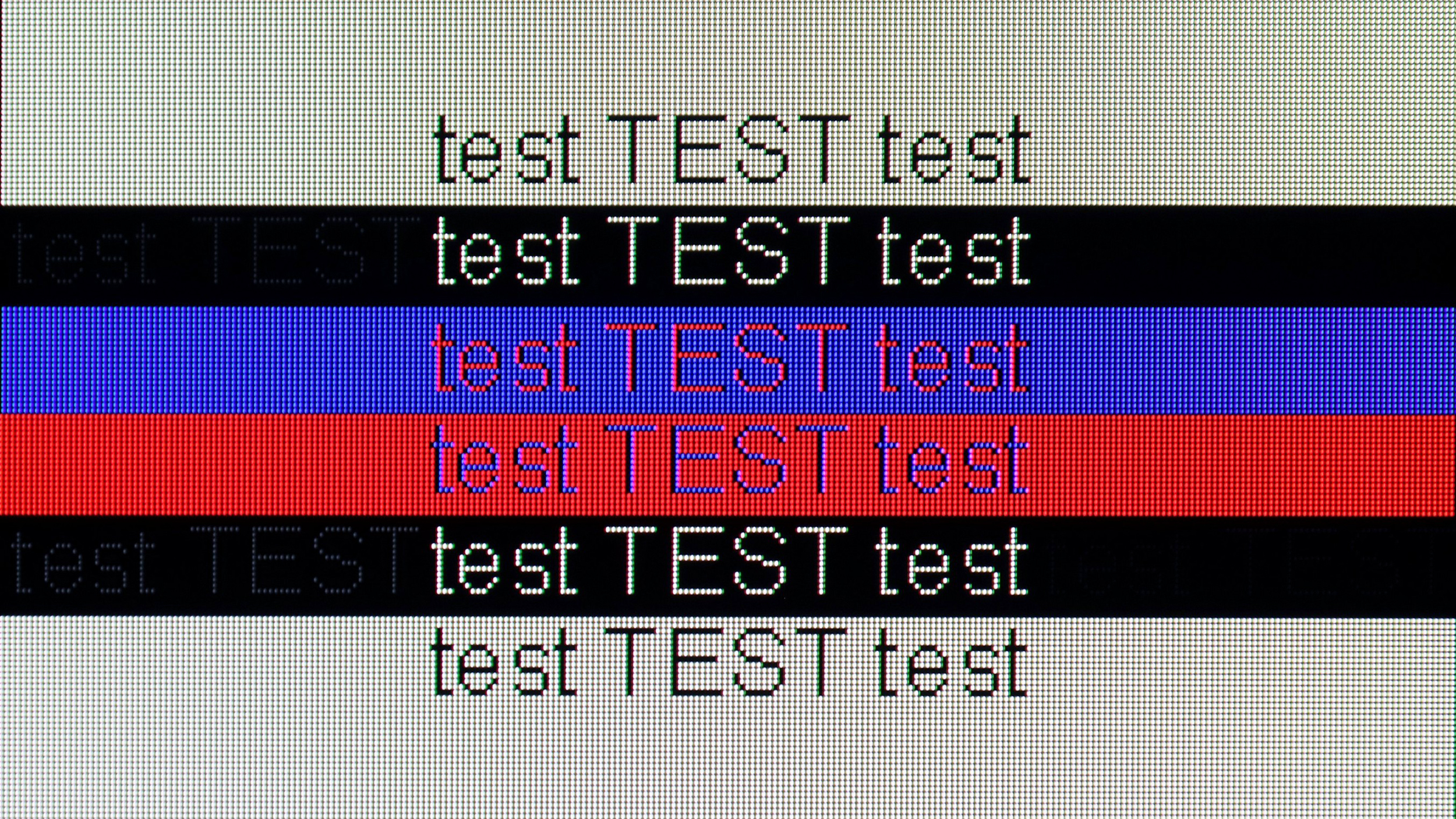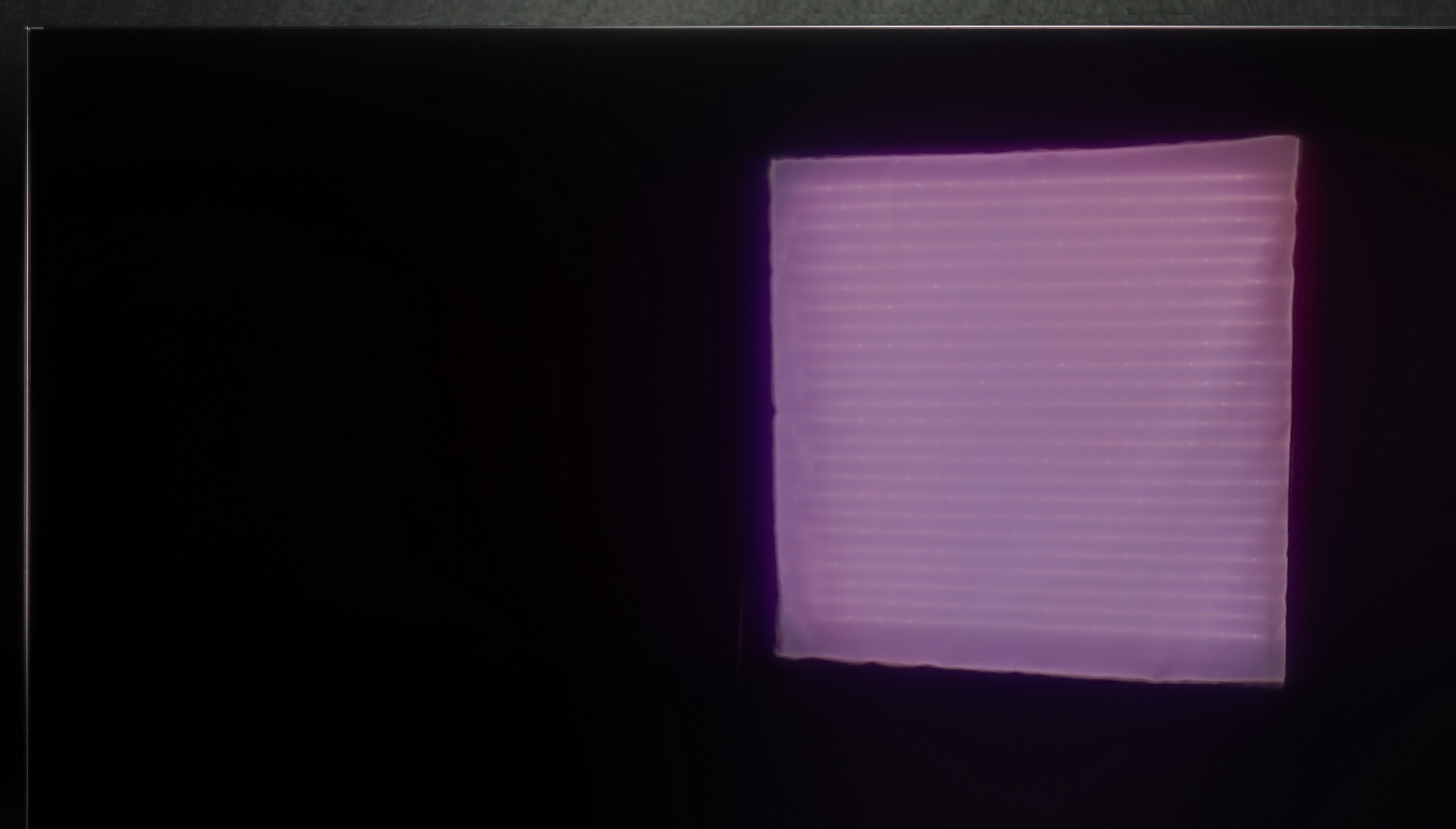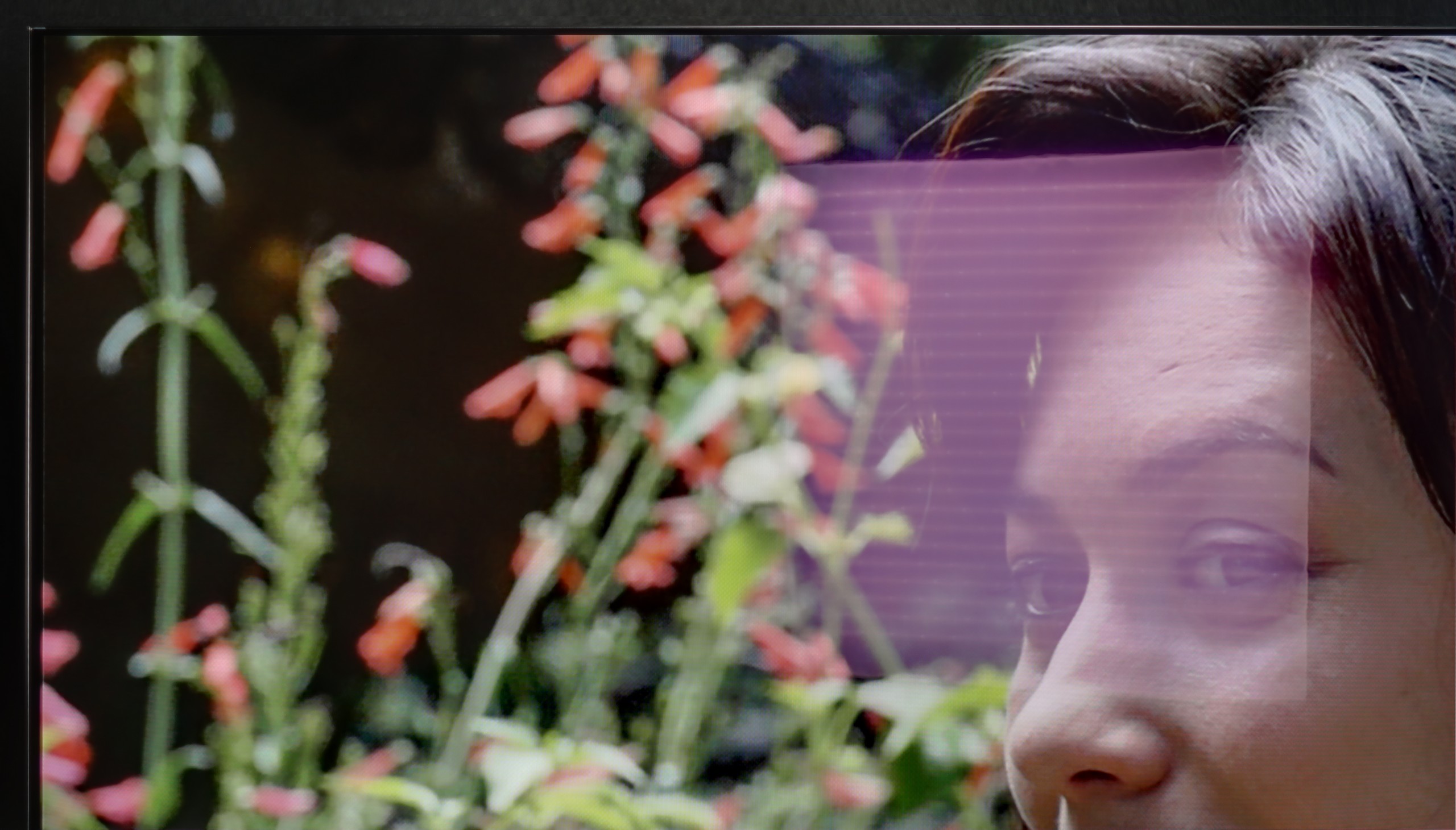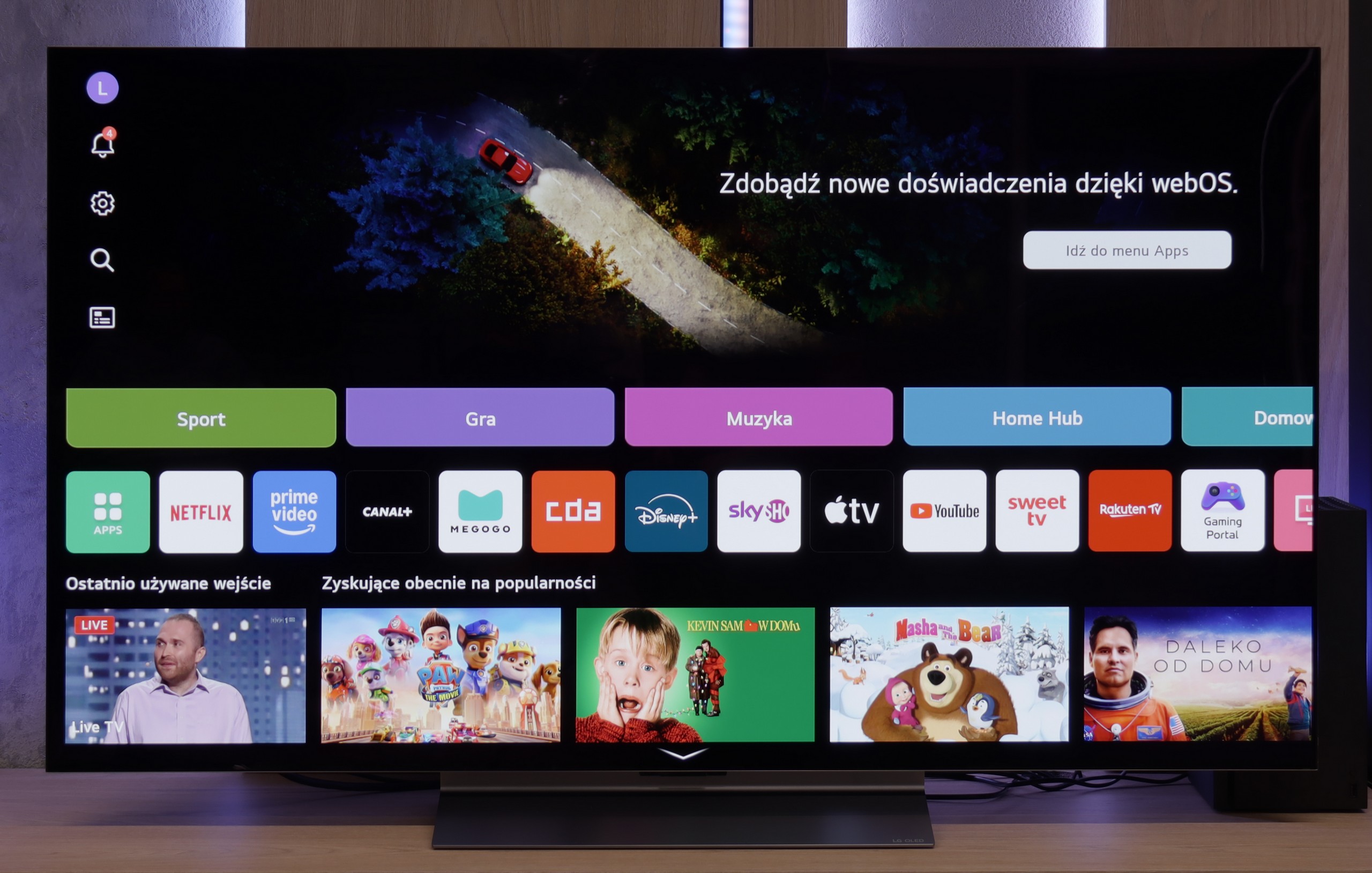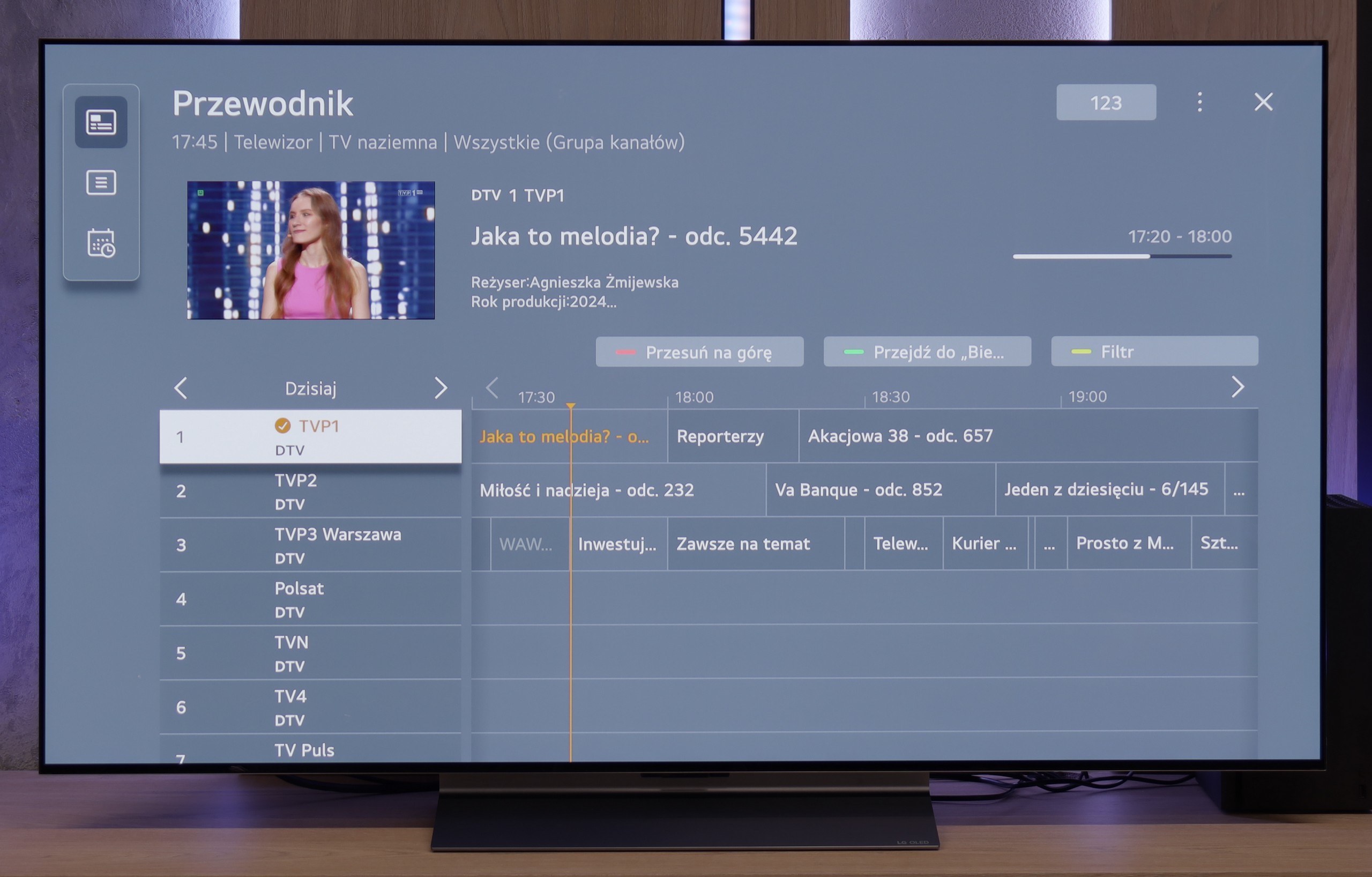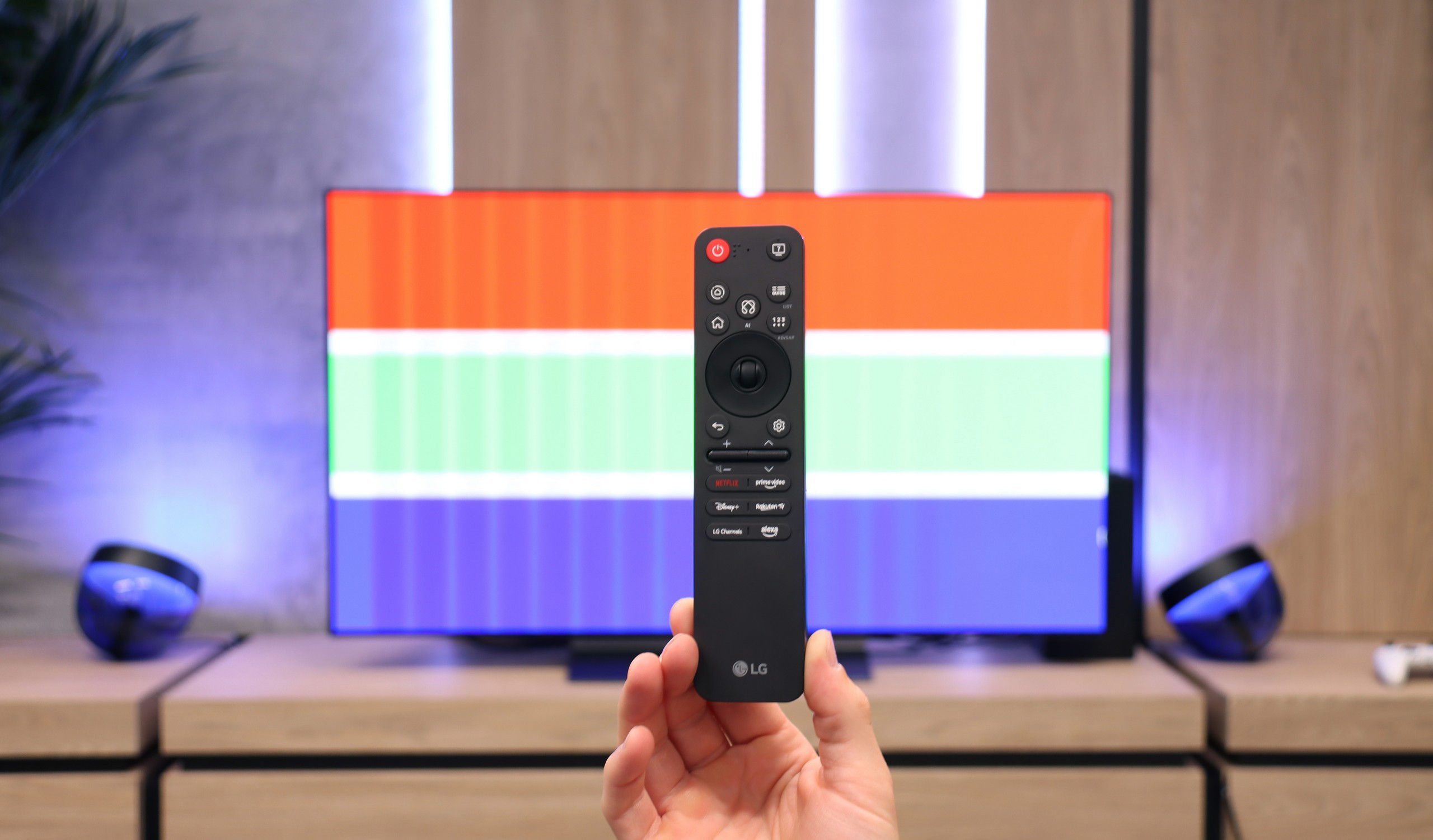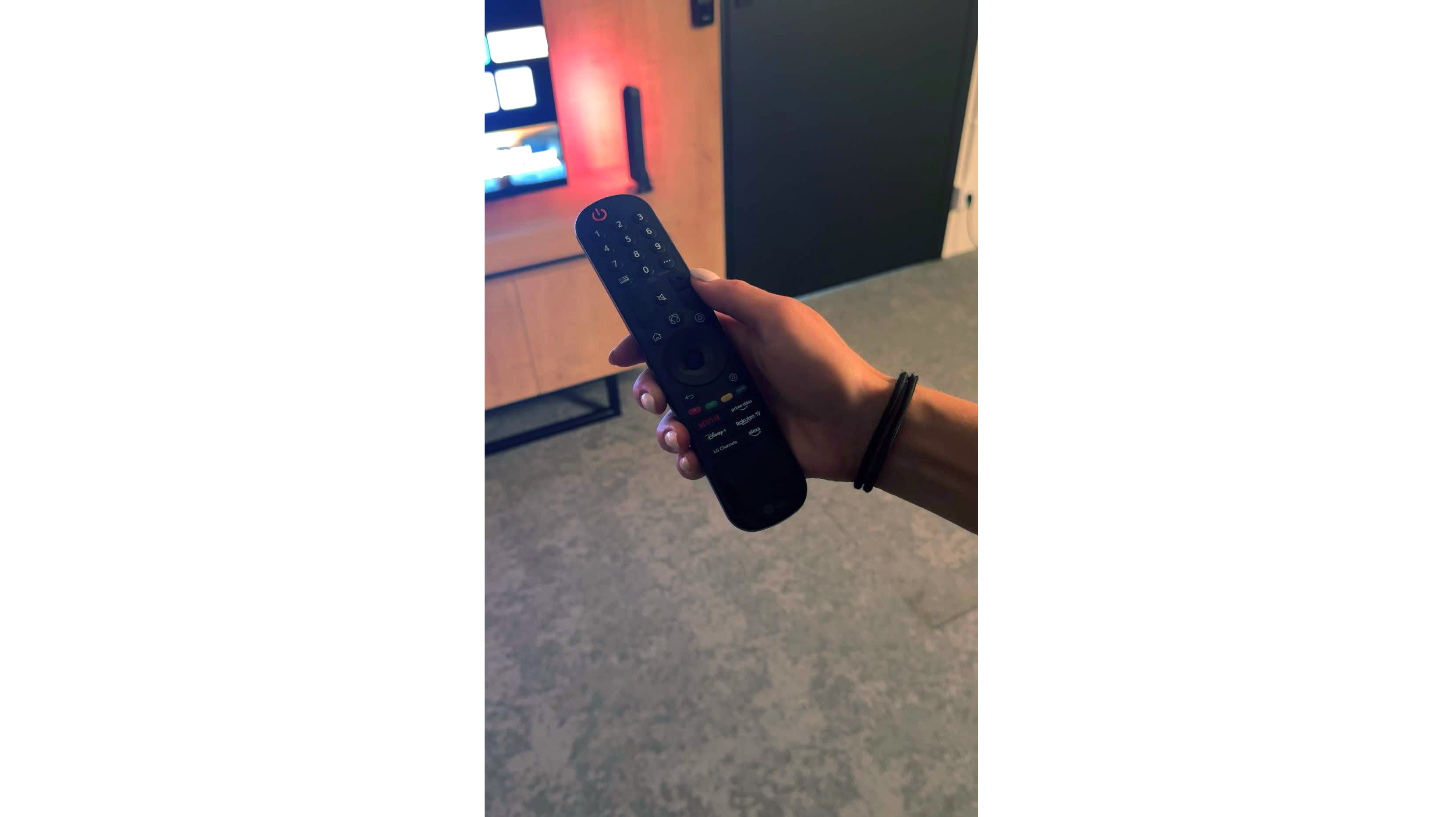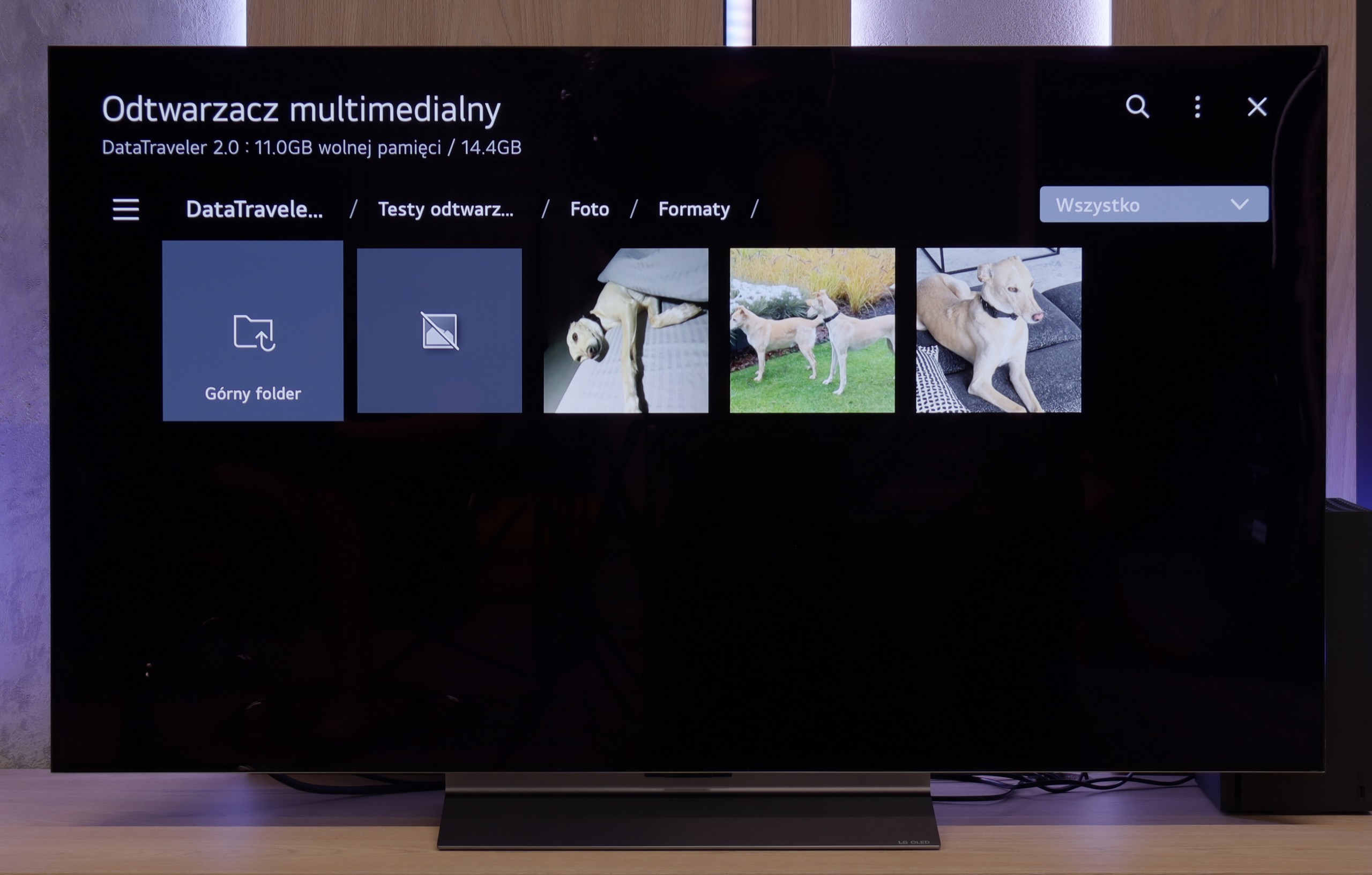Classic TV Features:
In terms of classic TV functionalities, the LG C5 performs really well. Here, we have the option to record programs to USB from built-in DVB-T(2) tuners, support for teletext, an EPG channel list, and seamless pairing of headphones via Bluetooth. For many users, these are still very important elements of everyday TV use – and LG doesn’t fall short in this area, except for the PIP function. It is worth noting the topic of the remote, or rather... the different versions of the remote. In our test, we used the C54 model, which is equipped with the new version of the Magic remote. It somewhat resembles Samsung's minimalist approach – there’s no numeric keypad or "source" button, but it looks modern and is comfortable for everyday use. Conversely, other variants, such as C5ELB, may be sold with an older version of the remote – a more classic one, with more buttons and a numeric keypad. Some may consider it more practical, while others see it as outdated. In short: quite a bit of confusion, so it's worth checking the model suffix before purchase.
Smart TV:
Regardless of the version of the remote, we’re operating the same system – WebOS. This is one of the most enjoyable solutions in the Smart TV world. The intuitive menu, fast performance, and support for popular features, such as AirPlay, screen mirroring, or voice assistant, make the system perform very well in everyday use. Additionally, controlling the cursor using the gyroscope in the Magic remote remains one of the most convenient forms of navigation in TVs. There are really quite a few applications here – Netflix, Disney+, HBO Max, Apple TV, and many more. However, one must remember that this is not a system based on Android/Google TV, so it may happen that we simply cannot find some less popular app in the LG store.
GoogleTV and SmartTV features
Sony Bravia 5 runs on Google TV, and it must be said that this is one of the best-optimised systems in this brand's offering. The interface works smoothly, with no annoying bugs or bizarre translations, and navigating the menu doesn’t feel like walking through a minefield. Admittedly, there are moments when the whole system catches a slight breath – as if it has its “weaker moments” – but these are rare enough not to spoil the overall impression. We have full AirPlay support, voice search with Google AI assistance, and the ability to download practically any app that comes to mind. The only drawback in tests turned out to be the screen mirroring function, which theoretically should work with laptops and phones, but in practice proved almost useless – there was no stable image on Windows and Android.
User features
From the perspective of classic functionality, the Bravia 5 performs solidly and practically. A big plus is the presence of two remotes – one is a slim, modern smart remote, while the other, although operating via infrared, has a classic numeric keypad. This way, we can always choose which one suits the situation better. The EPG, or electronic programme guide, is clear and allows you to programme recordings to a USB drive – a seemingly simple solution, but incredibly useful. Additionally, the TV supports connecting a variety of devices: from an amplifier or soundbar via HDMI eARC, to headphones and other wireless accessories via Bluetooth. This is a set that makes the TV not just a screen, but a well-thought-out home entertainment centre.
